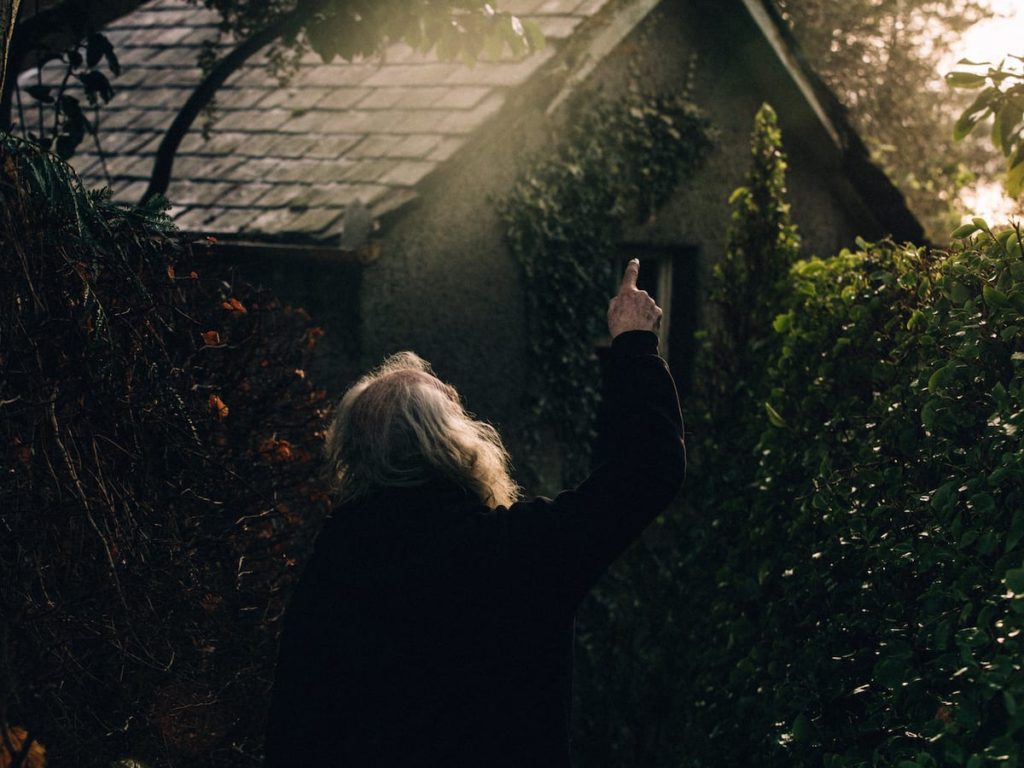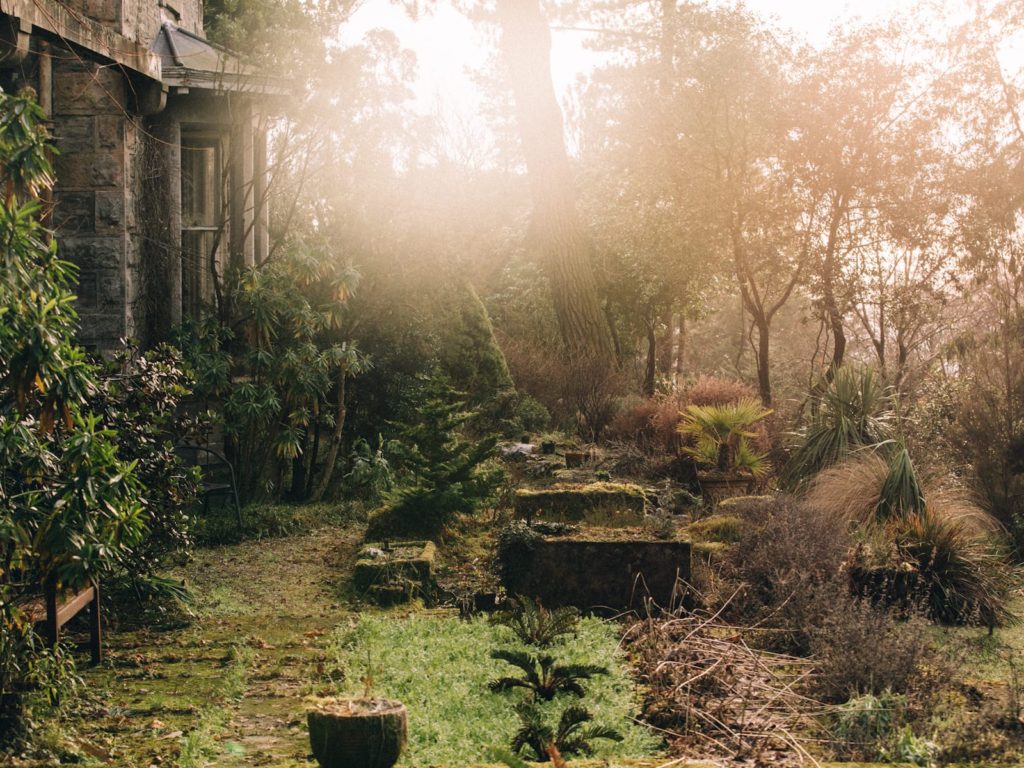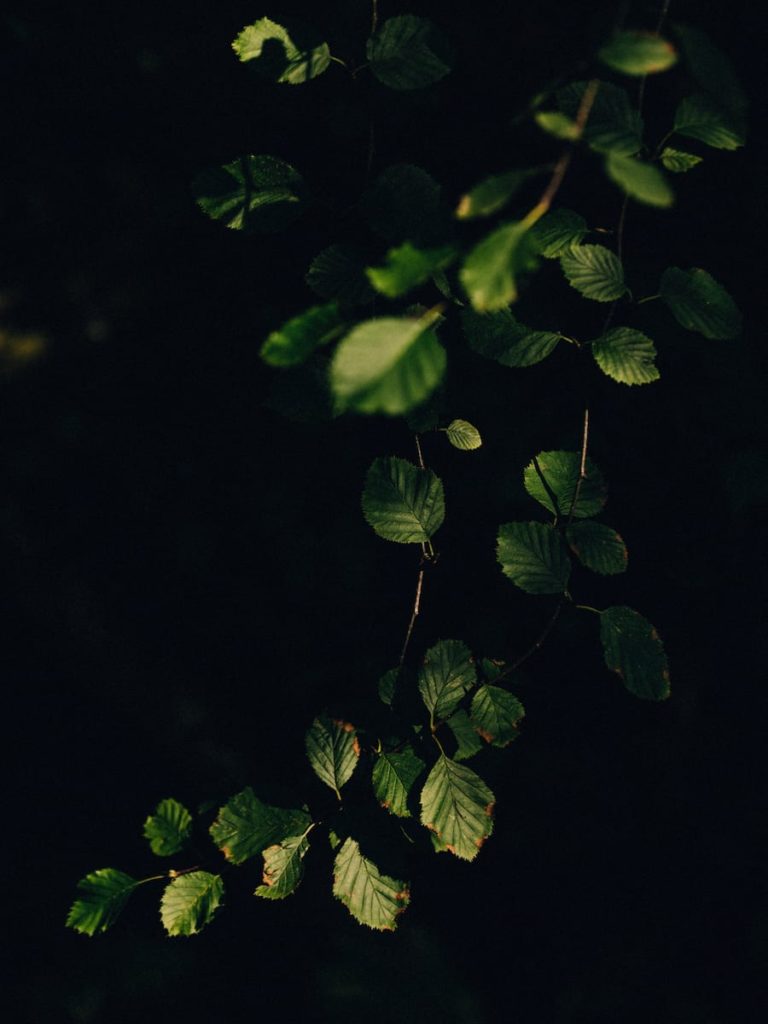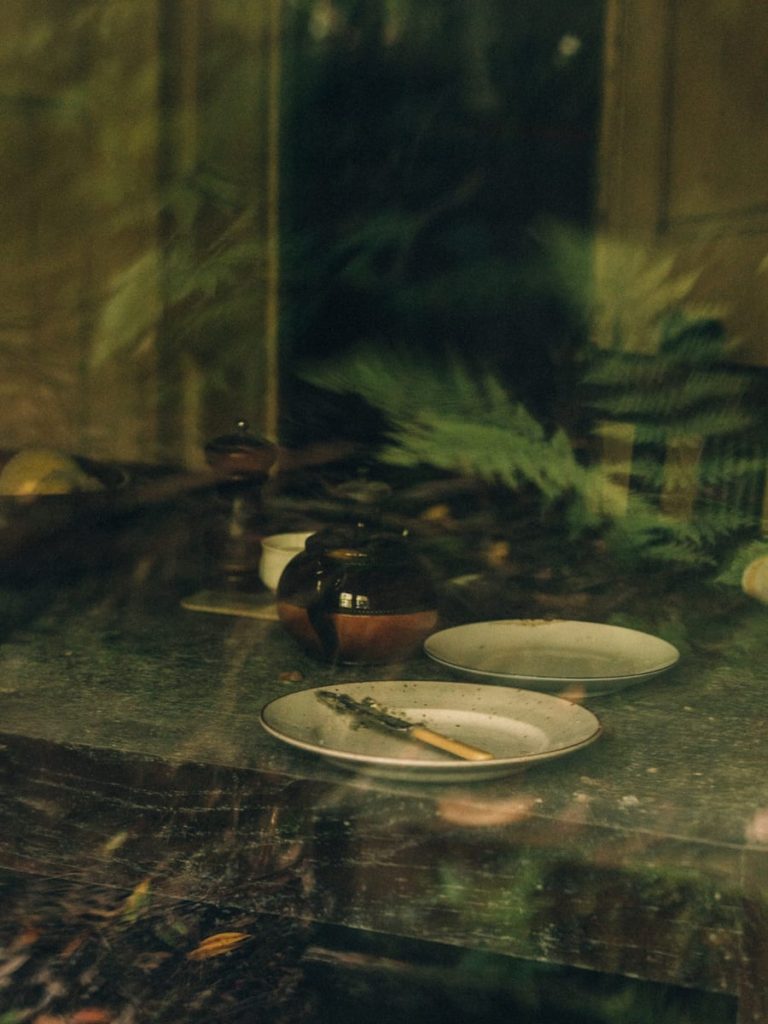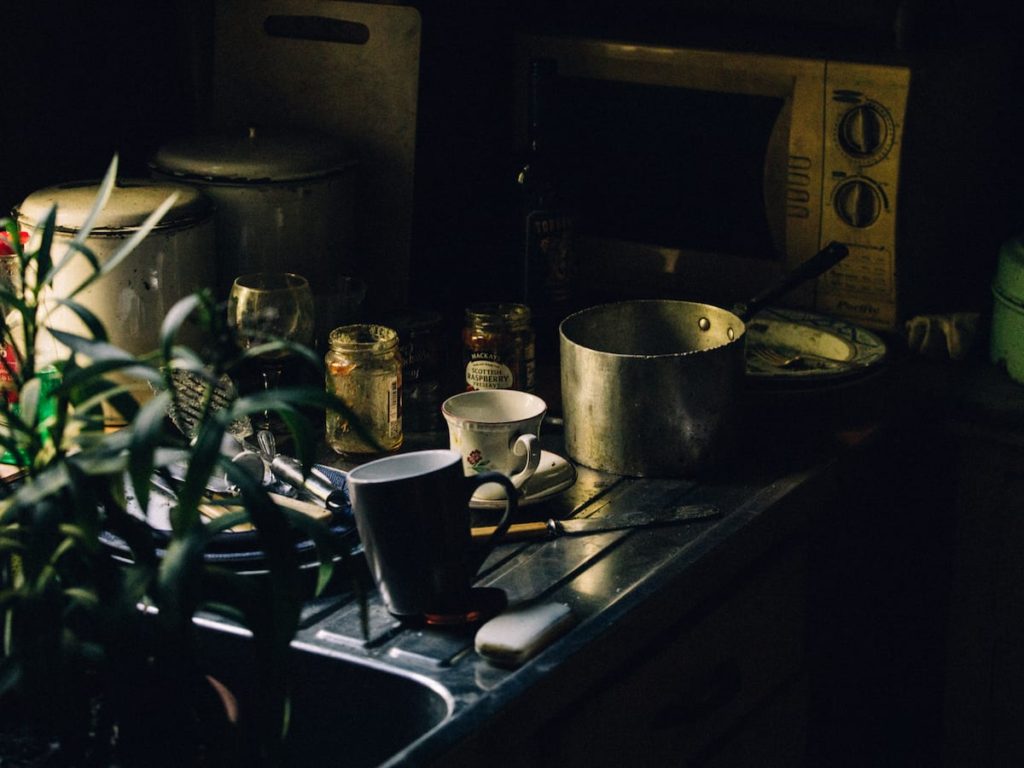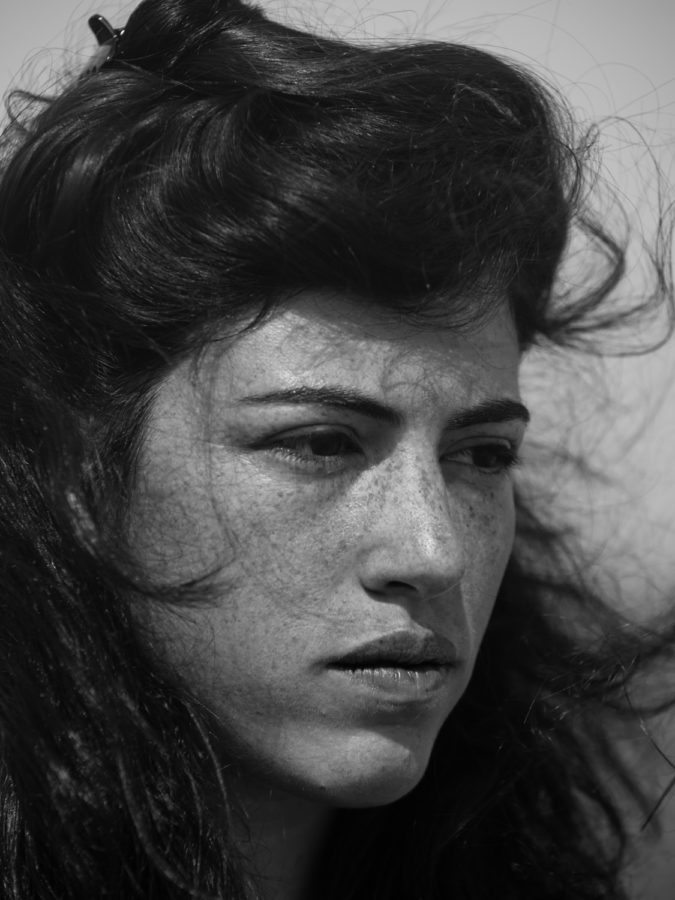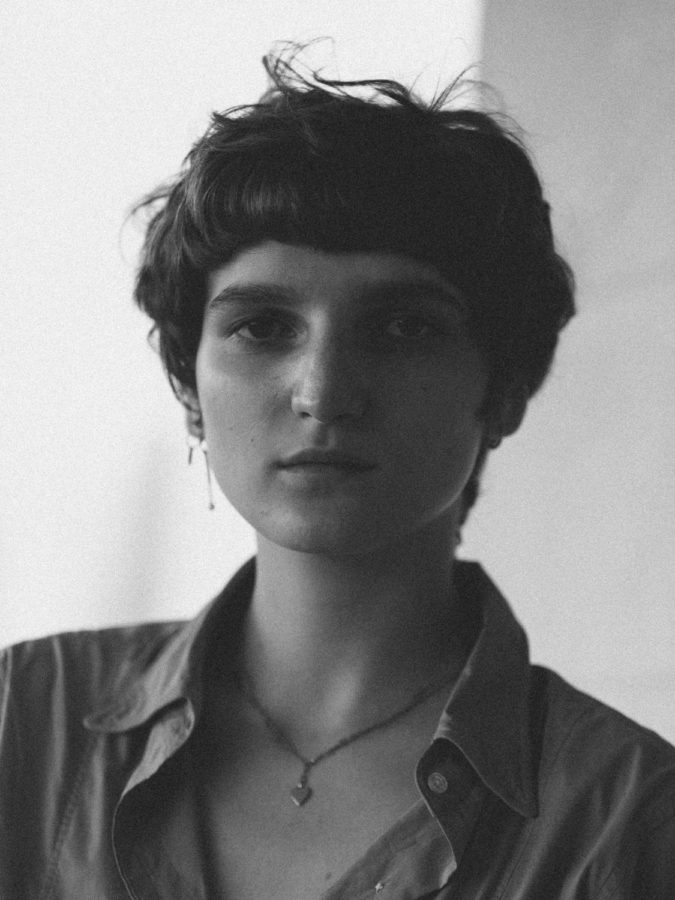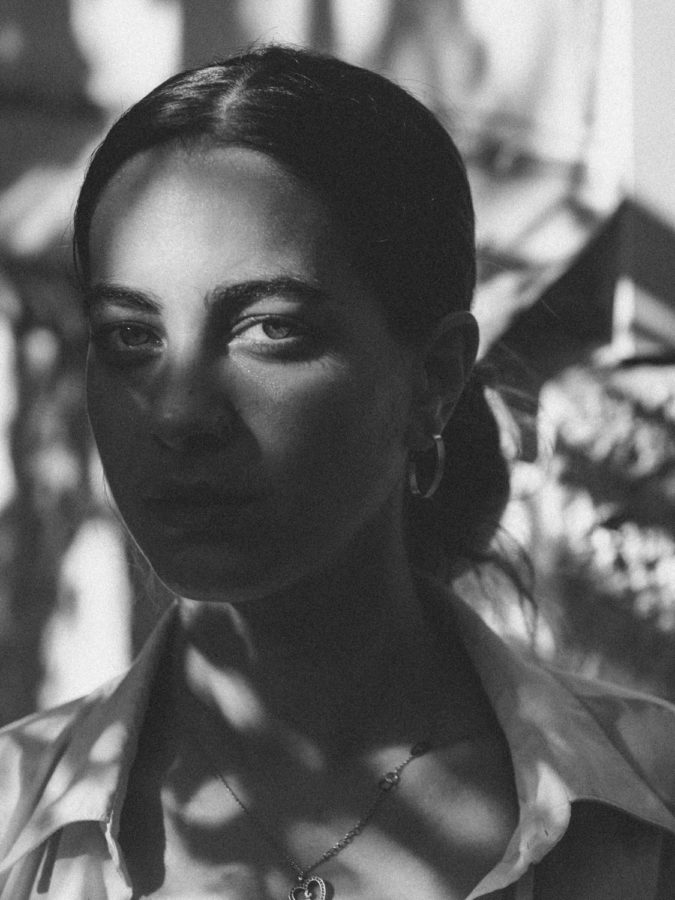Robbie Lawrence is a photographer based in London with an extensive set of photo projects on his website.
A VOICE ABOVE THE LINN-
Robbie Lawrence first travelled to Linn Gardens (on the west coastline of Scotland) in 2-16, and met the gardener of over fifty years, botanist Jim Taggart. Jim utilised the environment’s particular climate to grow a variety of plants and flowers from all over the globe, and eventually when he became too old to actively go out and collect specimens he passed it on to his son Jamie to recover new plants. Unfortunately Jamie disappeared in the mountains of Vietnam and his body was only found years later, leading Jim to keep his garden as more of a memorial to his son than a true botanical garden. Robbie Lawrence made two visits to the Linn Gardens, and on the second he found out that Jim had died at the age of 84, leaving the gardens to become overgrown and wild. This distinction is clear to see in Lawrence’s images, as the physical differences between the landscapes have changed and an overbearing sense of abandonment.
The book conveys the cold and somewhat lonely climate of that area of Scotland juxtaposed against the clear love and dedication Jim Taggart had for his gardens, and in a way his son. The colours are all natural but mostly either dark or over-exposed and muted, and there is an overwhelming abundance of green in different shades and hues. I particularly like Lawrence’s use of light: soft and delicate, perhaps like the plants and flowers within the gardens.
L’ÉTERNITÉ ET UN JOUR-
This collection of portraits was part of a project for Revue Magazine, taking images of women from various generations in Israel. Revue Magazine’s website says he “captures the emotions of the women…revealing a beauty that is neither artificial nor compromised.”
Robbie Lawrence’s use of light here is also interesting to me as he plays with shadows to project different emotions and general feelings with the image. The women are all portrayed fairly naturally, and the photographs don’t feel invasive or intrusive, just observing. The fact they are in black and white is also intriguing, as there are other images within this project which are in full colour. This could have been done to remove and background distractions that colour would have provided and have the central focus be the women, or to make the images feel ageless and removed from any particular time period. Most of the women are facing the camera lens straight-on, looking directly down the lens into the viewer’s eyes, sometimes with the result of looking almost defiant.


